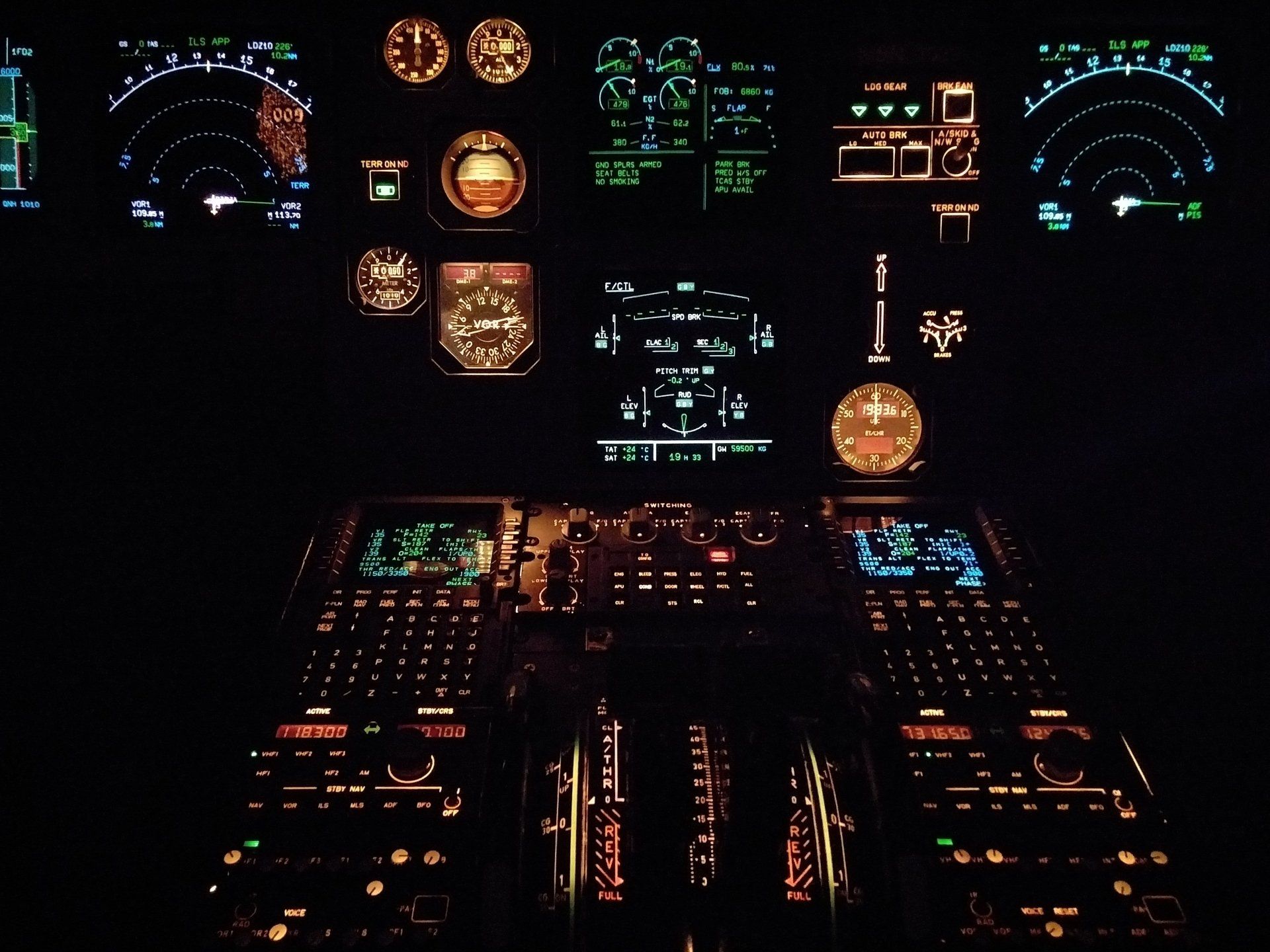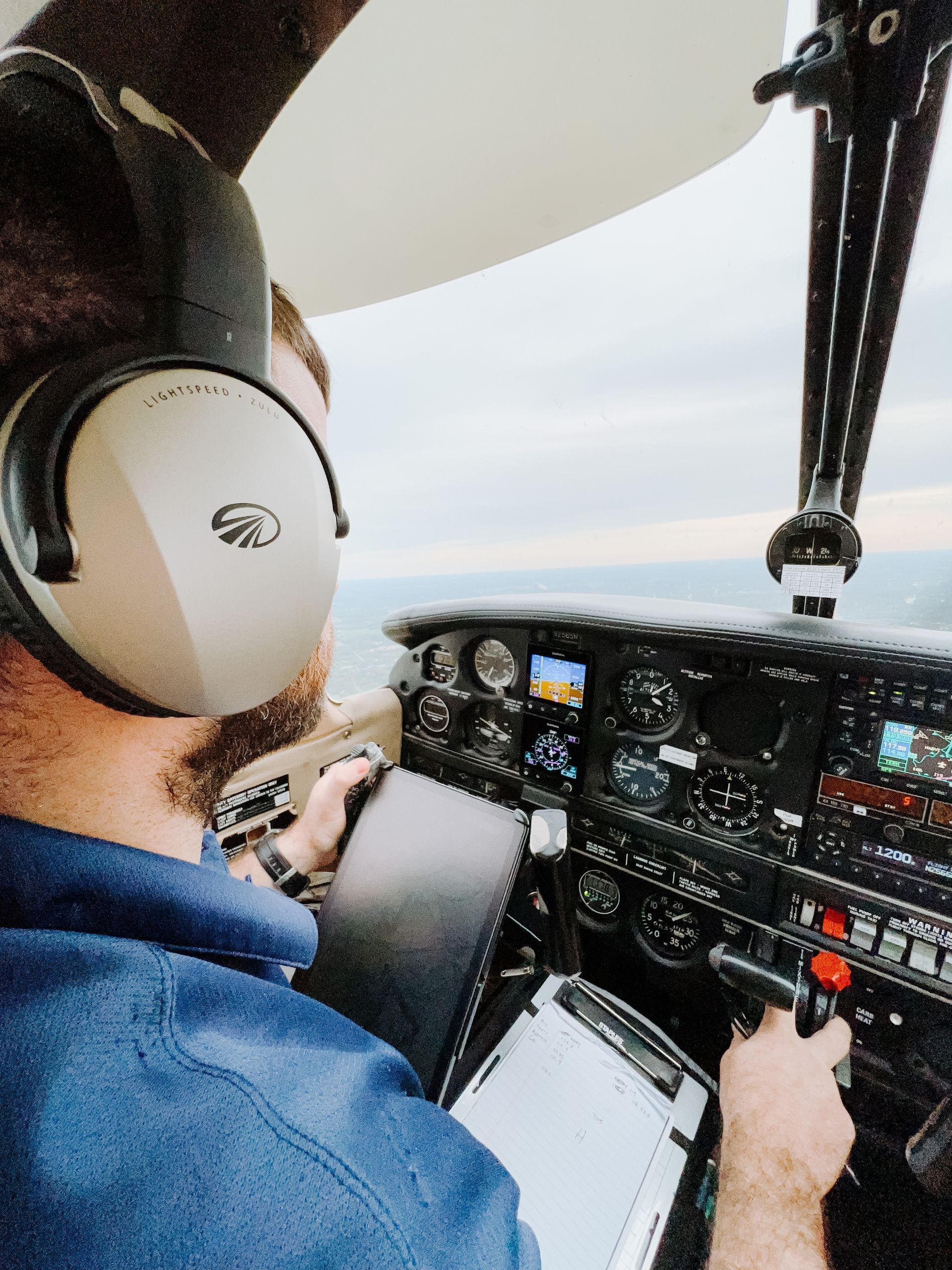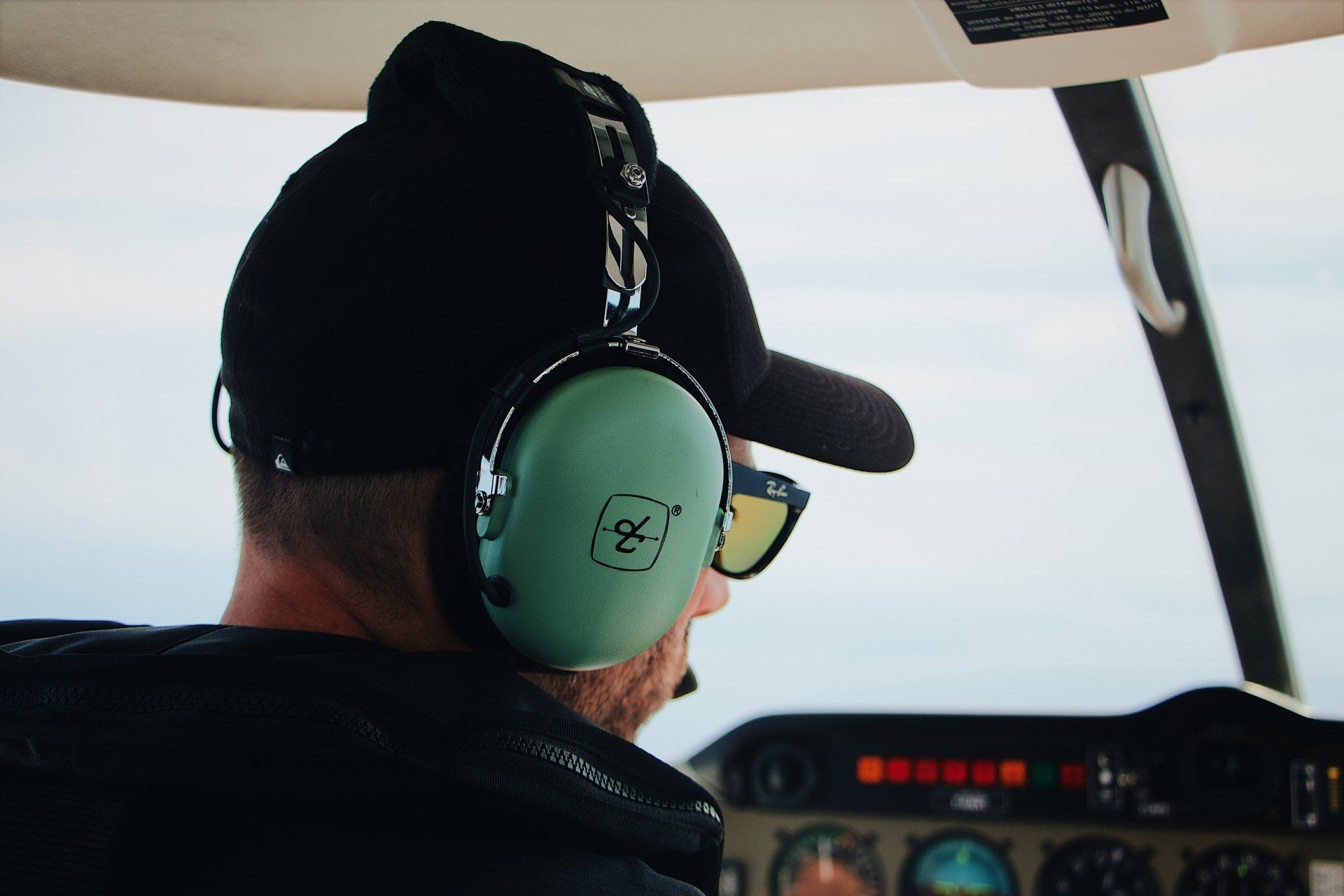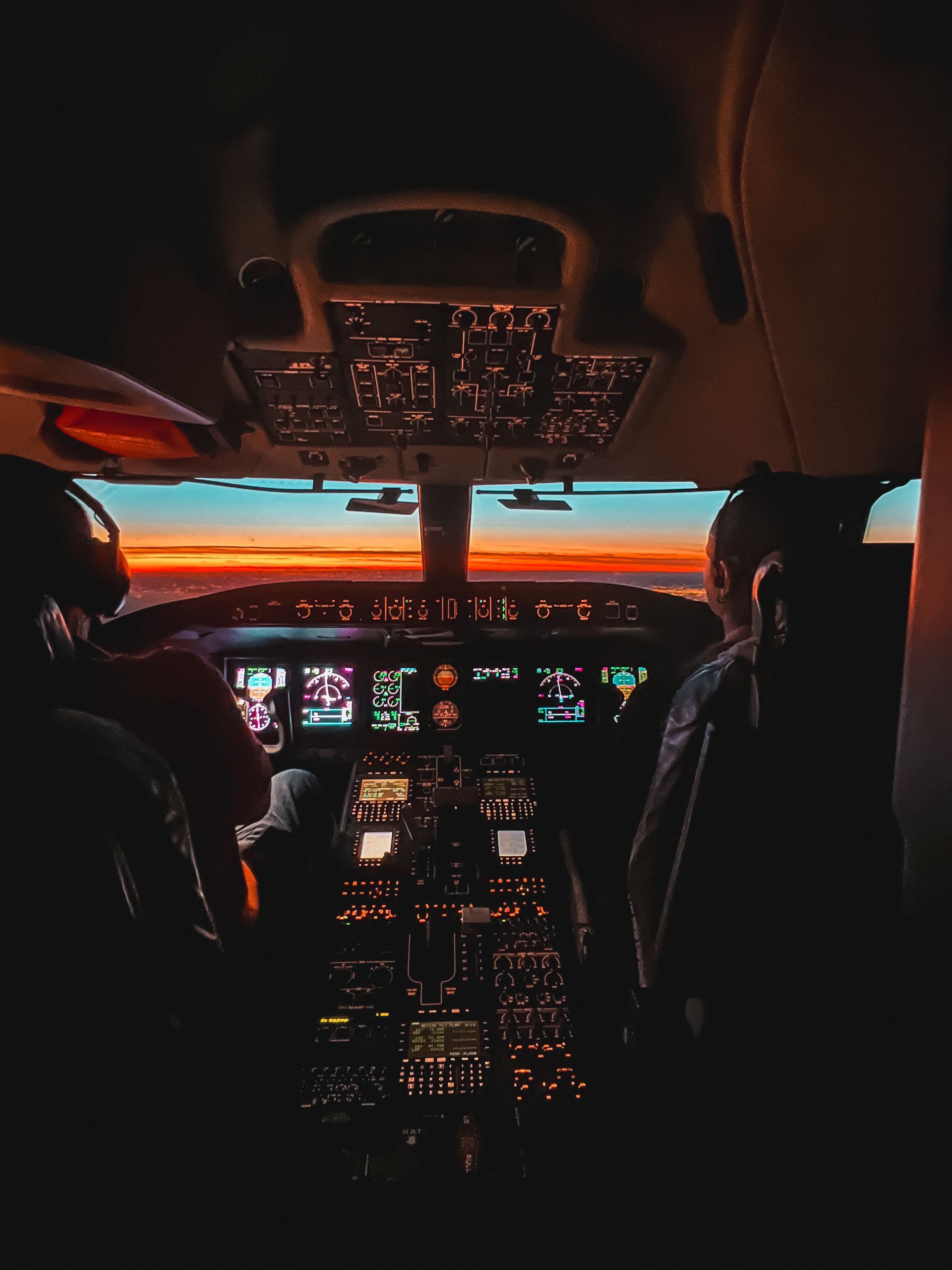It's All in a Name
DDAC Instructor • October 26, 2020
Let's Talk About Planes, Babyyyy
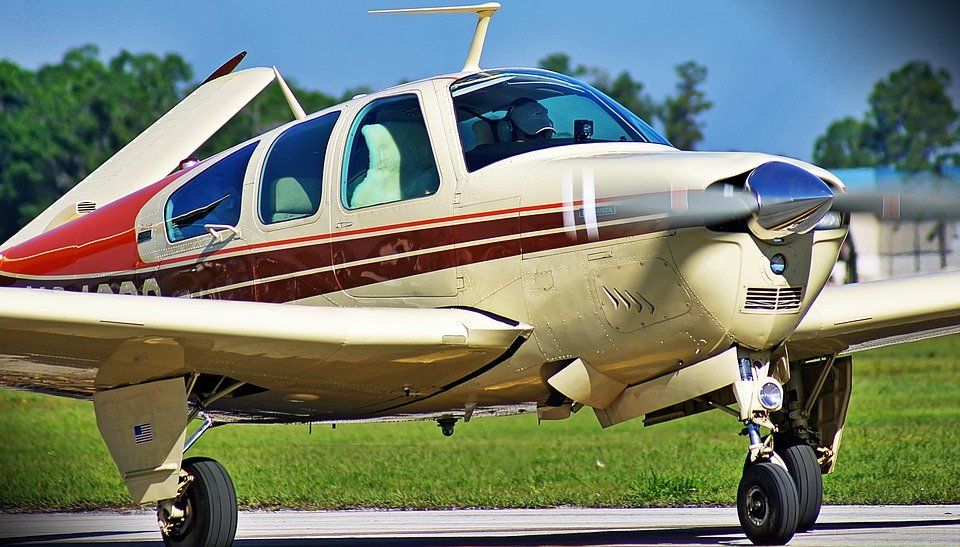
When it comes to designing aircraft, one of the overlooked aspects in the development process is choosing the aircraft’s name. The name has to be something that distinguishes the aeroplane from not only other company’s aircraft, but also their own. Cessna initially named their aeroplanes numerically, generally speaking the larger the plane, the larger the number. They started with Cessna 170 and 180. When tricycle undercarriages become the norm, those nose wheel models had a 2 added, thus creating the ubiquitous C172 & C182 with the ‘Skyhawk’ and ‘Skylane’ moniker also added.
Different manufacturers have developed their own naming conventions, with many designs instantly recognisable as belonging to a certain ‘family’ without even sighting the aeroplane. Piper chose words associated with native Americans for their fleet. Tomahawk, Cherokee, Warrior, Navajo & Chieftain are just some of the more obvious examples.
Beechcraft, one of the three big general aviation manufacturers, decided on a more regal theme for their aeroplanes. Duchess, baron, queen air and the venerable king air are just some of the examples of the Beechcraft fleet’s royal monikers. When it came to naming the much loved Bonanza in 1947, Beechcraft wasn’t messing around. Bonanza, meaning ‘a sudden opportunity to make money’, lived up to its namesake with it quickly becoming a favourite amongst private pilots. In addition, the scientific definition of bonanza means ‘a rich source of a precious metal’ which is a fitting reflection of its popularity and place within the aviation community, as it is still in production to this very day.
DDAC Instructor

It is possible for pilots to fly in conditions below visual flight regulations if they have earned an instrument rating (VFR). Here is an introduction to instrument rating and the skills you'll need to get started: What does Instrument Rating mean? An Instrument Rating (IR), a supplemental certification, allows pilots to fly in conditions where visual reference to the ground is lost, such as fog or clouds. All instruments, such as the altimeter, airspeed indicator, and attitude indicator, are used during flight training for pilots with an IR. Instrument Rating Requirements Before getting an instrument rating, a pilot must have either a private pilot's license (PPL) or a commercial pilot's license (CPL), as well as a certain number of flight hours and cross-country flight experience as a pilot in command. How Exactly Does One Train? Gaining an instrument rating requires both classroom study and in-flight experience. Instrument flying regulations (IFR), instrument approach procedures, and the proper use of navigational aids are just some of the topics covered in ground schooling. With a hood or other obstruction in place, the pilots will learn to fly in what is called "Instrument Meteorological Conditions" (IMC). Instrument Rating Test Once the training is complete, the pilot must take and pass a written and practical exam for an instrument rating. The written test checks how much you know about weather, navigation, and the rules. The required number of hours in the air with an examiner shows how well you can fly safely and competently in a variety of conditions. Benefits of an Instrument Rating Getting an instrument rating is very helpful for pilots because it lets them fly in more situations and makes them feel safer while doing so. Pilots with an instrument rating can apply for jobs with airlines and other businesses in the commercial aviation sector. Keep Your Instrument Rating Intact greatly Pilots must go through training and flight reviews every six months to a year to keep their instrument ratings up to date. This makes sure that pilots have access to the most up-to-date information and can fly safely in any condition. Getting an instrument rating is usually good for pilots because it gives them more options in the aviation industry. With hard work and training, any pilot can improve their skills and earn an instrument rating.




